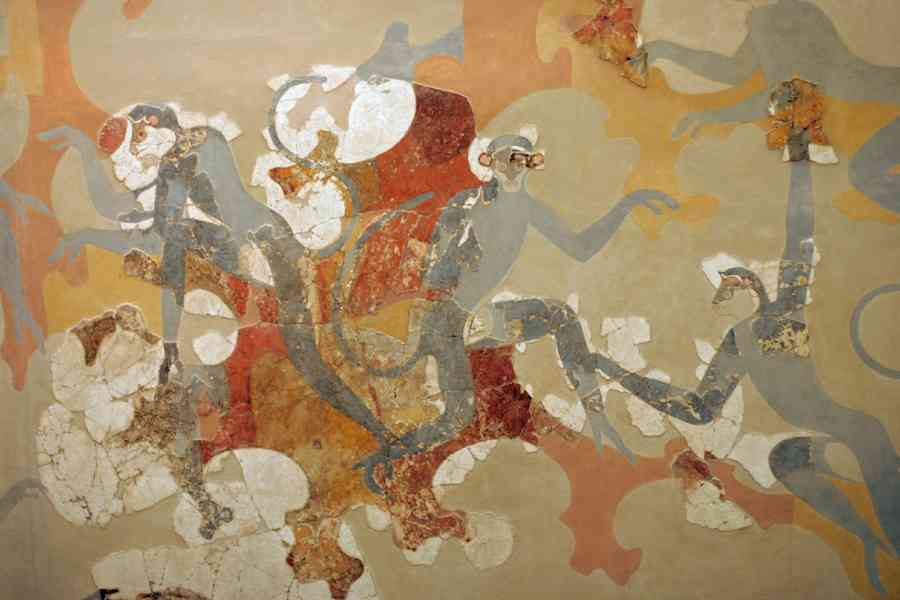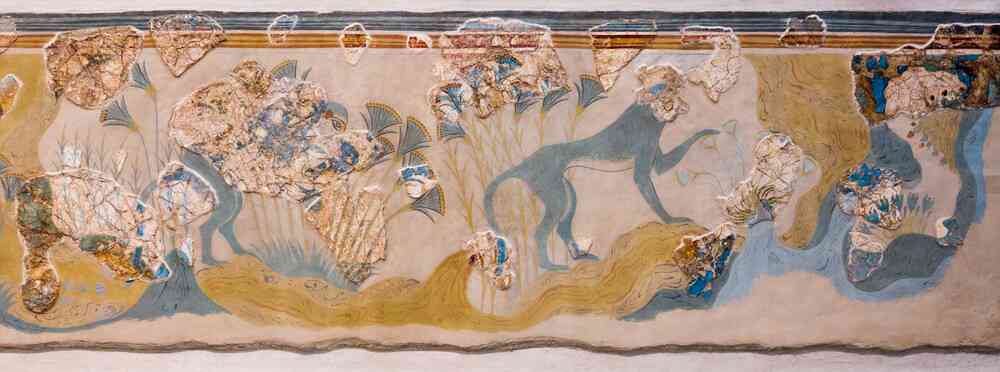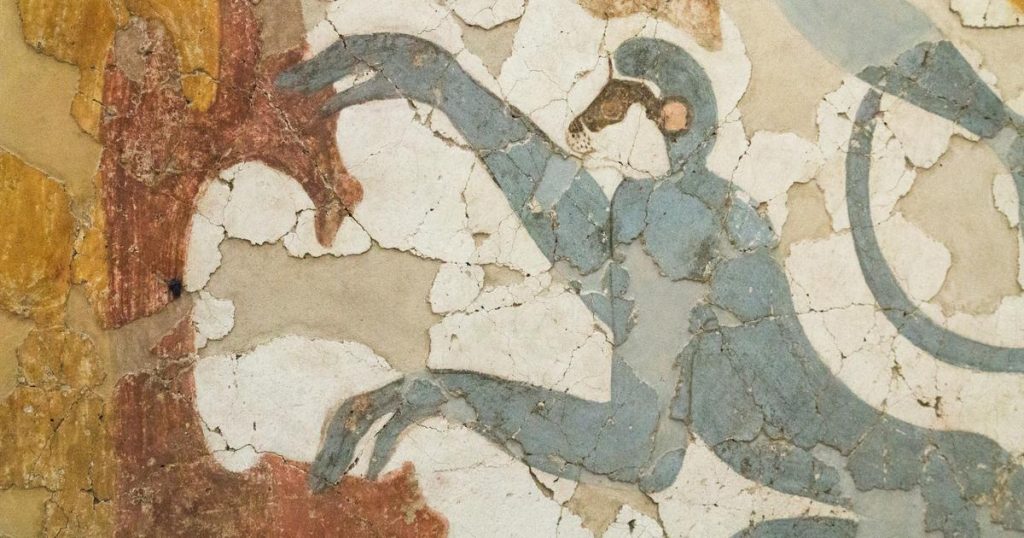Krispin Joseph PX
We may have yet to learn about the prehistoric connections between two distant land. How they are connected and what kind of dealings happened in antiquity are fascinating. Indo-Greek relationships are ancient, and many links between these two greatest civilisations are disclosed in different scholarships. In the ancient Greek text, India is referred to as a state situated in the east of Persia, and in different periods, India was referred to in different intensities.
There are a lot of references between the two countries available across history in the form of coins (Kushan Empire), an ivory statue of Lakshmi (got it from Pompeii), Gandhara and Mathura art, Ptolemy’s 10th map of Asia depicting India within the Ganges, 15th-century reproduction, and the Buddhist connections and inspiration to Greek Philosophy. All these connections have been highly visible and acclaimed for thousands of years.

These ancient times are buried with full stories, and researchers enjoy finding the exciting layers of ancient communications. How do these Indian white monkeys come to ancient Greek wall paintings? Indian are enjoying Greek air at that time apparent, and they may bring the Indian monkeys into Greek or artists’ representations of the monkey has reached. According to scholars, the monkeys represented are to be identified as grey, or Hanuman langurs (Semnopithecus spp.), a monkey genus native to the Indian subcontinent, and it was claimed that the new identification as langurs provide (further) evidence for links between the Aegean and the Indus River Valley during the Bronze Age.
‘While stylistically Aegean, these images are traditionally considered closely related to—and descendant from—Egyptian, Near Eastern, and Mesopotamian monkey imagery. While monkey depictions in the latter regions may provide species-specific characteristics, Aegean wall paintings typically lack this level of detail. In an attempt to better understand the relationships between the monkeys depicted in Aegean wall paintings and the species that were encountered by the Aegean, Mesopotamian, and Egyptian peoples, a collaborative team of primatologists, a taxonomic illustrator, and an art historian/archaeologist identified species-indicative visual characteristics. Scholars argue that this collaborative approach led us to identify a new region that serves as a source for monkey iconography: the Indus River Valley.

The team led by art historian and archaeologist Marie Nicole Pareja and four primatologists – Tracey McKinney, Jessica Mayhew, Joanna Setchell and Ray Heaton, continued research on this topic and reached the fruitful findings of Indian monkeys and their mesmerising travelogue into the ancient culture. Some evidence from the Indus Valley related to the trade relationship between Egypt and Indus Valley. Lapis Lazuli and other precious stones were transported from Indus Valley to Egypt, then maybe that route was extended to Greek at that time.






